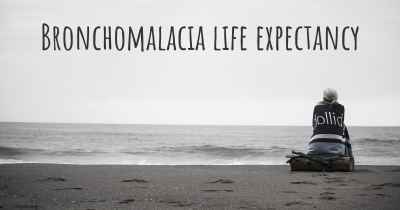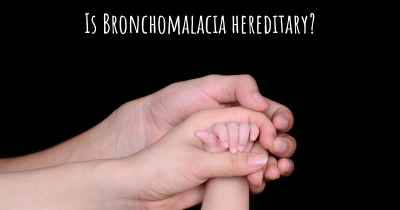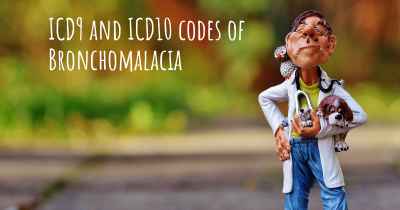What is the history of Bronchomalacia?
When was Bronchomalacia discovered? What is the story of this discovery? Was it coincidence or not?

Bronchomalacia is a medical condition characterized by the abnormal softening or weakness of the bronchial walls, leading to the collapse of the airways during breathing. This condition primarily affects the bronchi, which are the larger airways that branch off from the trachea and carry air into the lungs. Bronchomalacia can cause various respiratory symptoms and can be present from birth or develop later in life.
The history of bronchomalacia dates back to ancient times, although it was not recognized as a distinct medical condition until much later. Early medical texts from ancient Egypt and Greece describe respiratory symptoms similar to those associated with bronchomalacia. However, it was not until the 19th century that the condition began to be studied and understood in more detail.
In the early 1800s, physicians such as René Laennec and Pierre Louis made significant contributions to the understanding of respiratory diseases. Laennec, a French physician, invented the stethoscope, which allowed for more accurate examination of the lungs and airways. This innovation paved the way for the identification and diagnosis of various respiratory conditions, including bronchomalacia.
In the late 19th century, bronchomalacia started to gain recognition as a distinct condition. German physician Gustav Killian is credited with providing one of the earliest detailed descriptions of bronchomalacia in 1897. He observed the collapse of the bronchial walls during bronchoscopy, a procedure that involves visualizing the airways using a flexible tube inserted through the nose or mouth.
Throughout the 20th century, further advancements in medical technology and understanding led to more accurate diagnosis and treatment of bronchomalacia. The development of imaging techniques, such as X-rays and computed tomography (CT), allowed for better visualization of the airways and identification of structural abnormalities.
In the mid-20th century, bronchoscopy techniques improved, enabling direct visualization of the airways and the ability to assess the dynamic collapse of the bronchial walls during breathing. This led to a better understanding of the underlying mechanisms of bronchomalacia and its impact on respiratory function.
In recent decades, advancements in bronchoscopic techniques, such as the introduction of flexible bronchoscopes and video-assisted bronchoscopy, have further enhanced the diagnosis and management of bronchomalacia. These techniques allow for real-time visualization and assessment of the airways, facilitating targeted interventions.
Today, bronchomalacia is recognized as a relatively rare condition, but its prevalence may be underestimated due to underdiagnosis or misdiagnosis. It can occur in both children and adults, and the underlying causes can vary. In infants, bronchomalacia is often congenital, resulting from abnormal development of the airway cartilage. In adults, it can be acquired due to factors such as chronic inflammation, trauma, or prolonged intubation.
Treatment for bronchomalacia depends on the severity of symptoms and underlying causes. Mild cases may not require specific treatment, while more severe cases may necessitate interventions such as bronchodilator medications, airway stenting, or surgical procedures to provide structural support to the weakened airways.
In conclusion, bronchomalacia has a long history, with early descriptions dating back to ancient times. However, it was not until the 19th century that the condition began to be recognized and studied in more detail. Advancements in medical technology and understanding throughout the 20th century and beyond have led to improved diagnosis and treatment options for bronchomalacia, benefiting individuals affected by this condition.








